Boat Safety Equipment Checklist: Make the Most Out of Your Water Adventure
In the last few years, the lack of safety boat equipment has been linked to 8% of reported boating accidents and 4% of reported boating-related deaths.
With all of the summer fun that comes with boating season, it’s easy to forget about the necessary safety precautions to keep everyone on board safe.
Boat Safety Equipment Checklist
Fire Extinguishers & Blankets

To be effective, each fire extinguisher must be large enough to handle the space in which it will be used, and it must be serviced annually at a specialist centre. You should also keep fire blankets on board to have a variety of options. These should be inspected every year for any holes or tears. Cutting corners when it comes to safety equipment can be fatal, so make sure you service all your pieces of boat safety gear regularly.
Emergency Position Indication Radio Beacon (EPIRB)
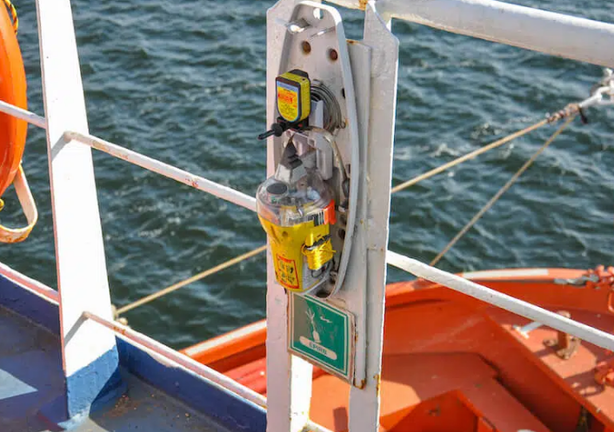
It may seem frightening, but some boating accidents make using a VHF radio to issue a distress call impossible, even if you have one on board. This is why an EPIRB, or Emergency Position Indication Radio Beacon, is the last piece of boat safety equipment you should keep at hand. An EPIRB, as the name implies, sends a signal to search and rescue teams, informing them of your location in the event of an emergency. Depending on whether the EPIRB is a Category I or II, it can either activate automatically or manually when submerged to a certain depth.
Life Jackets & Kill Cords
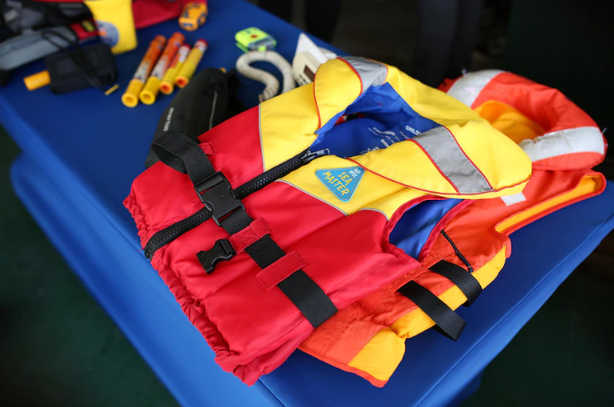
All boats, except those intended for use in category A and B waters, must have lifejackets. Regardless, it’s always a good idea to have life jackets on board for everyone, especially if some of the passengers are unable to swim. Make sure the life jackets are suitable for people of all sizes and ages.
Along with the life jacket, a floatation device, such as a lifebuoy, a regular buoy, or an inflatable lilo is also required. A light, whistle, crotch straps to keep the life jacket from riding up over your head, and, if possible, a spray hood should all be included. You should regularly maintain and service the life jackets you keep on your boat to ensure that they function properly.
On the other hand, the driver should wear a kill cord at all times. The majority of kill cords are coiled lanyards that can be worn around the leg and cut the engine if the driver is thrown from the helm. Wireless kill cords are now also available, allowing the driver more mobility. However, you should always check if the desired kill cord is compatible with your engine before purchasing.
Lifebuoy
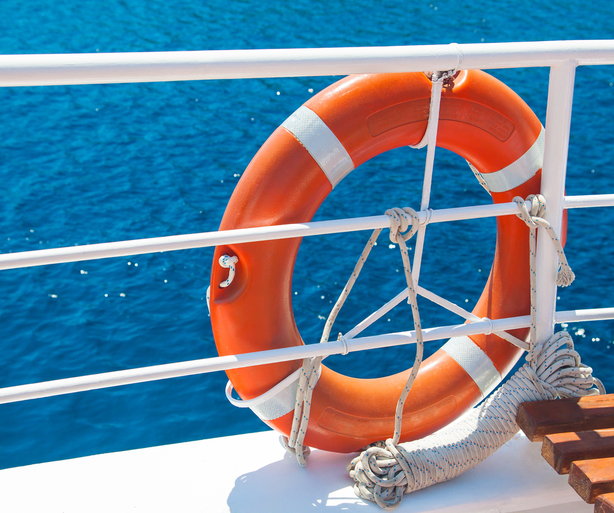
Lifebuoys are the essential boat safety gear because they are easy to throw out if someone falls overboard. The number of lifebuoys should be equal to the number of people on board in vessels under 16.8 metres in length belonging to classes VIII(1), VIII(A)(T), IX, IX(A), IX(A)(T), XI, and XII, with a minimum of two onboard at any given time.
There should be self-igniting lights, 18-meter buoyant lifelines, and self-activating smoke signals among the lifebuoys on board. The lifebuoys should be placed on either side of the ship and should be able to be released quickly from the navigating bridge.
Portable VHF Radio
When you’re out on the water, along with your cell phone and Bluetooth marine stereo is smart to get a VHF radio. If you have an electrical problem or need to abandon the ship, a portable VHF radio could save you a lot of trouble. With this in mind, purchasing a waterproof radio with GPS and digital selective calling is also a good idea. If no response is received, the DSC function will allow you to send an automatically formatted distress signal to the Coastguard.
Distress Signals
All seagoing vessels require distress signals as a boat safety gear. They can be used in an emergency, along with a VHF radio, to alert nearby vessels that you require assistance. There are a variety of flares available, but four red hand flares and two orange smoke flares should be kept on board. White hand flares and parachute flares are also available on board, though they are not required.
First Aid Kit
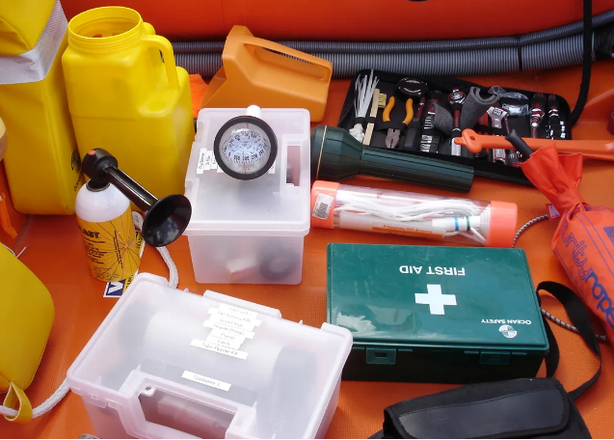
A first aid kit is always essential, especially when the nearest store is across a large body of water. While it may not be as crucial as a kill switch or other items on the list, it can come in handy if a passenger becomes ill on board. Pain relievers, motion sickness medicine, a thermometer, tweezers, scissors, alcohol, iodine tincture, gauze and bandages, plasters, sunscreen, after-sun lotion, and compresses should all be included in a basic first aid kit. If anyone on board requires special medication, make sure to mention it.
Oars and Liferafts
If you have a smaller boat, you should consider bringing oars or paddles along in case the engine fails. A liferaft must be carried on any boat that is 13.7 metres or longer. There should be enough life rafts on board to safely accommodate everyone. If someone falls overboard, it’s also a good idea to have some line throwing boat safety equipment on hand or an oar or paddle to help guide the person back to the boat.
Dry Bags
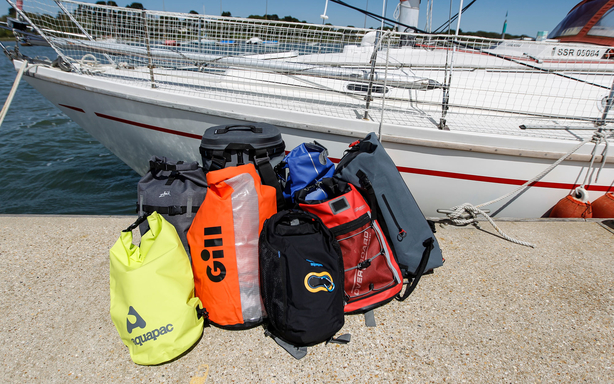
A dry bag is a watertight bag that keeps your valuables dry. They rely on canoeists, fishermen, SUPers, and anyone who prefers to keep their food, iPhone, or gear out of the river or ocean. Dry bags are the essential boat safety gear on any wilderness excursion where things might get wet because they are solid and abrasion-resistant.
Made of nylon or vinyl, these bags feature fully taped and sometimes waterproof seams. This adds extra water resistance and keeps your belongings dry even when the bag is completely submerged. To prevent water from getting inside, all dry bags can be sealed.






